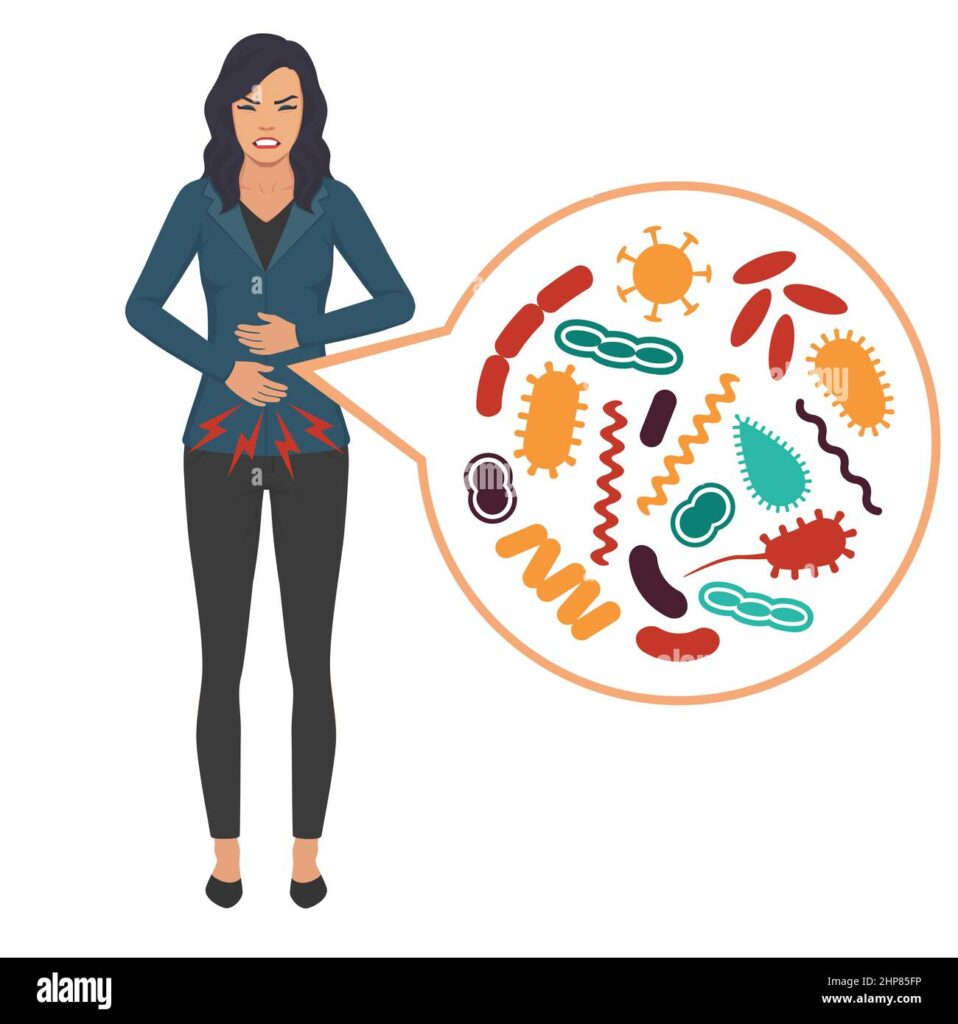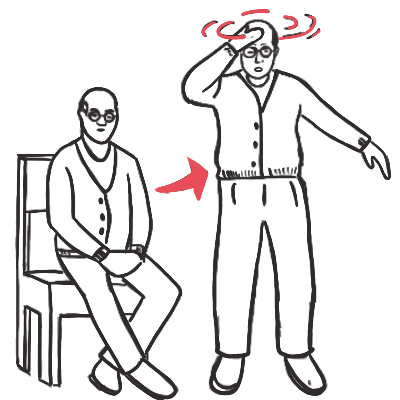
Potassium is the mineral required for the diverse functions of human body such as maintenance of effective muscle, heart, and nerve activity. In addition, this intracellular cation also regulates cell nutrition and intracellular osmotic pressure. Ingestion of potassium and its excretion in urine are closely modulated for normal blood volume. The absorption of potassium takes place through small intestine via passive diffusion. Its absorption can be blocked by the use of laxatives or diuretics. Both of the medications are concerned with smooth defecation by encouraging bowel movements and increasing the water content of the fecal matter respectively.
Hypokalemia occurs when the plasma concentration of potassium falls below 3mmol/L (normal range :3.5-5.5mEq/L). Diabetics and patients of congestive cardiac failure are at greatest risk of acquiring hypokalemia during treatment with insulin therapy and diuretics respectively. Thus, K+ supplementation is necessary with these medications. Renal loss of K+ is seen in conditions such as acute tubular necrosis, renal tubular acidosis and metabolic alkalosis. However, potassium sparing diuretics such as spironolactone may return the levels back to normal. Following are some of the key symptoms to help identify your potassium deficiency.
Symptoms of Potassium (K+) deficiency:
1. Gastrointestinal symptoms:
Do you experience frequent constipation or even alternating constipation and diarrhea? Or are you always short on bladder, constantly feeling the need to pee (polyuria)? Even excessive thirst (polydipsia) is also related to low K+ nausea vomiting electrolyte imbalance, constipation. Other symptoms may include loss of appetite, nausea and vomiting. Low plasma levels of K+ causes dilution of urine by impairing the kidney’s normal function. Excess loss of water increases thirst and lowers water content of feces, hence constipation results.

2. Fatigue:
Do you often feel lethargic and low in strength especially when doing physical labor? Since K+ has a major role in neuromuscular transmission by the depolarization of cell membrane, hypokalemia will result in diminished excitability and conditions such as weaker contraction of muscle and greater utilization of energy for movements may precipitate. As a result, energy stores are depleted and the person feels tiredness and fatigue. The neuromuscular irritability causes tingling in fingertips, arms, and lower extremities that may be accompanied with anxiety.

3. Muscle weakness:
Muscular dysfunction such as cramps, twitching, fasciculations, tetany and muscle wasting – rhabdomyolysis are all pointers of low potassium. A probable reason of this is the vasoconstriction- abnormal narrowing of blood vessels normally regulated by K+. Therefore, blood flow to the muscle decreases and and they deteriorate over time. Also the nutritional supply of the muscle through blood is diminished due to which strength of the muscle lessens.

4. Cardiac symptoms:
Irregular heartbeat is the one of the most crucial symptom of hypokalemia and it must be treated in time which would otherwise be disastrous. Low potassium increases the resting membrane potential of cardiac muscle and the prolonged action potential allows the genesis of reentrant arrhythmias. Skipped heart beats palpitations, shortness of breath, tachycardia and bradycardia are all associated with this condition.

5. Vascular symptoms:
Do you often feel dizzy or fall on standing up from a chair? Low K+ and consequent polyuria leads to loss of water from the body thus concentrating the body fluids. Hypoventilation due to weakness and paralysis of respiratory muscles in turn causes hypotension. Thus, the person experiences lightheadedness and fainting quite often.

Vulnerable groups to hypokalemia:
The deficiency is commonly seen in
- people with chronic kidney disease since the renal loss of potassium is increased
- aldosteronism or Conn’s disease due to excessive production of aldosterone from adrenal gland
- people overuse of diuretics, salt intake and laxatives
- low magnesium levels that normally helps with potassium absorption
- eating disorders such as bulimia and excessive sweating (hyperhidrosis)
- rarely, poor dietary intake
Diagnosis of hypokalemia:
Blood test for potassium levels are clear indication of deficiency. Aldosterone levels may be measured. Urinalysis is indicative of underlying cause of hypokalemia. In addition, ECG can be performed for picking up abnormal heart rhythm.
Normal levels: 3.5 mmol/L to 5.5 mmol/L
Hypokalemia: >3mmol/L in plasma
Treatment options:
Emergency treatment involves infusions of K+ and other electrolytes through intravenous route (IV). However, normally oral supplements are prescribed to treat the condition.
Dietary sources of Potassium:
- Kidney beans, lentils, soy beans, mature seeds
- squash, orange juice, acorn, milk
- lean beef, fish, seaweed
- apricots, peanut butter, raisins, almond, dates
- baked potato, banana, tomatoes, carrots, pineapple
Recommended Daily Allowance of Potassium:
Potassium is needed about 3–4 gm/day. Deficiency is unlikely as this much quantity is easily obtained in ordinary food.
Pseudo hyperkalemia may occur during hemolysis, thrombocytosis, leukocytosis or polycythemia. However, this is caused by the leakage of potassium from the cells into the sample. Thus, patients thorough examination and history are vital to prevent false diagnosis.
DISCLAIMER: This article is purely based on the provision of knowledge and does not claim diagnostic value as a result of similarity of symptoms. Proper consultation of physician is necessary before intake of any medication.